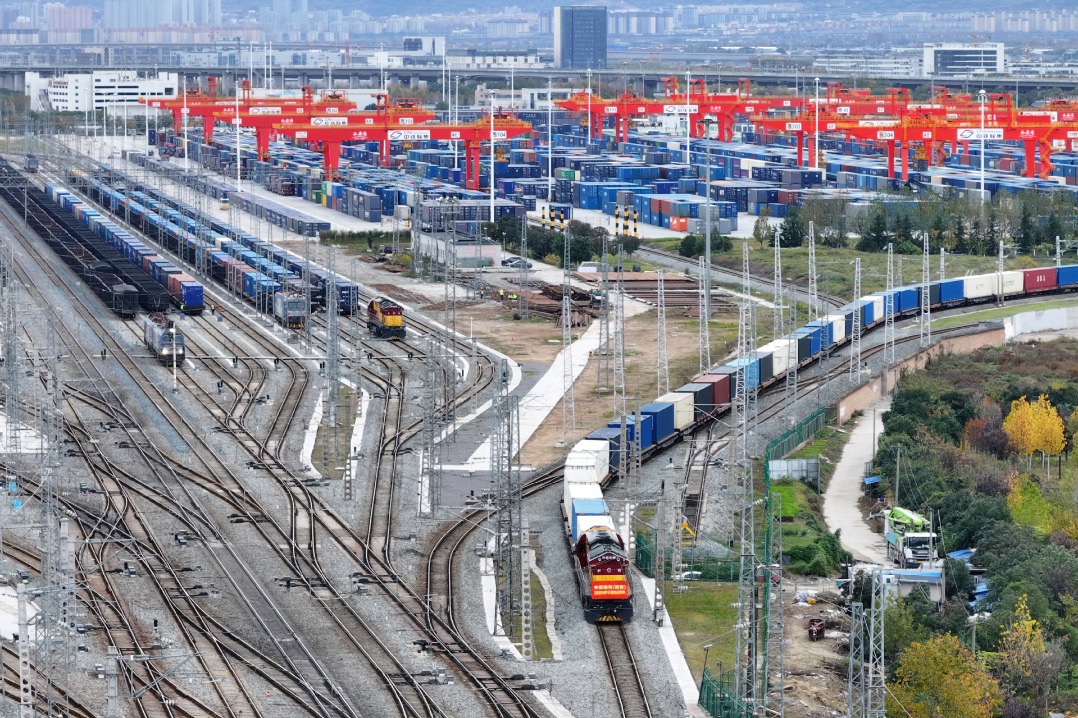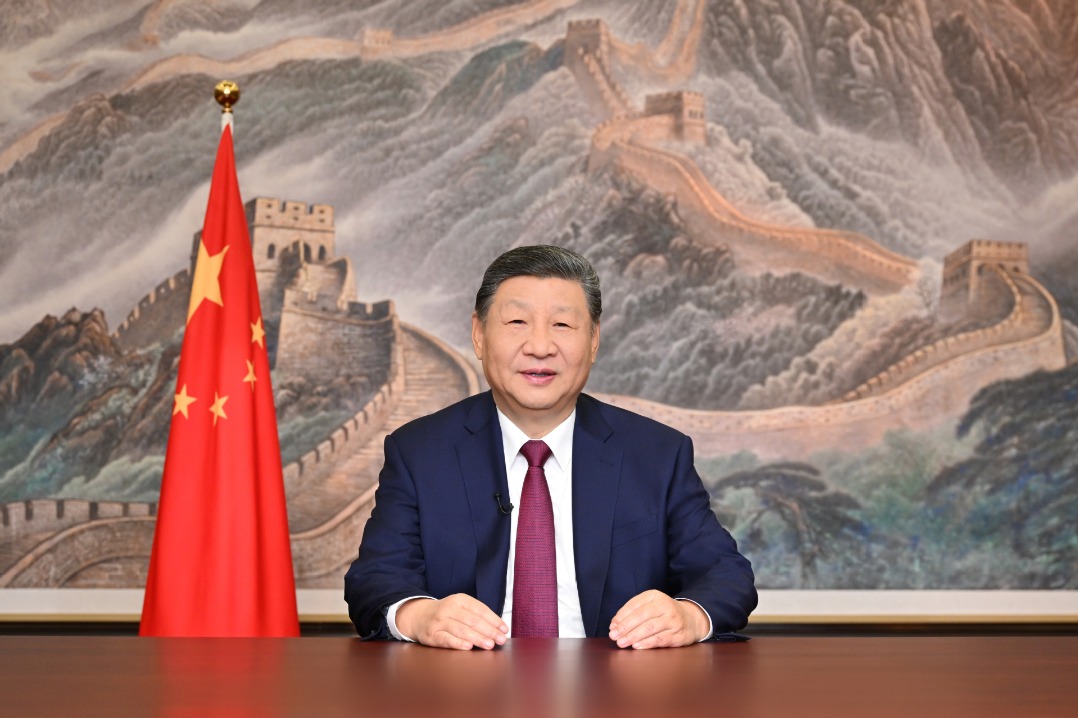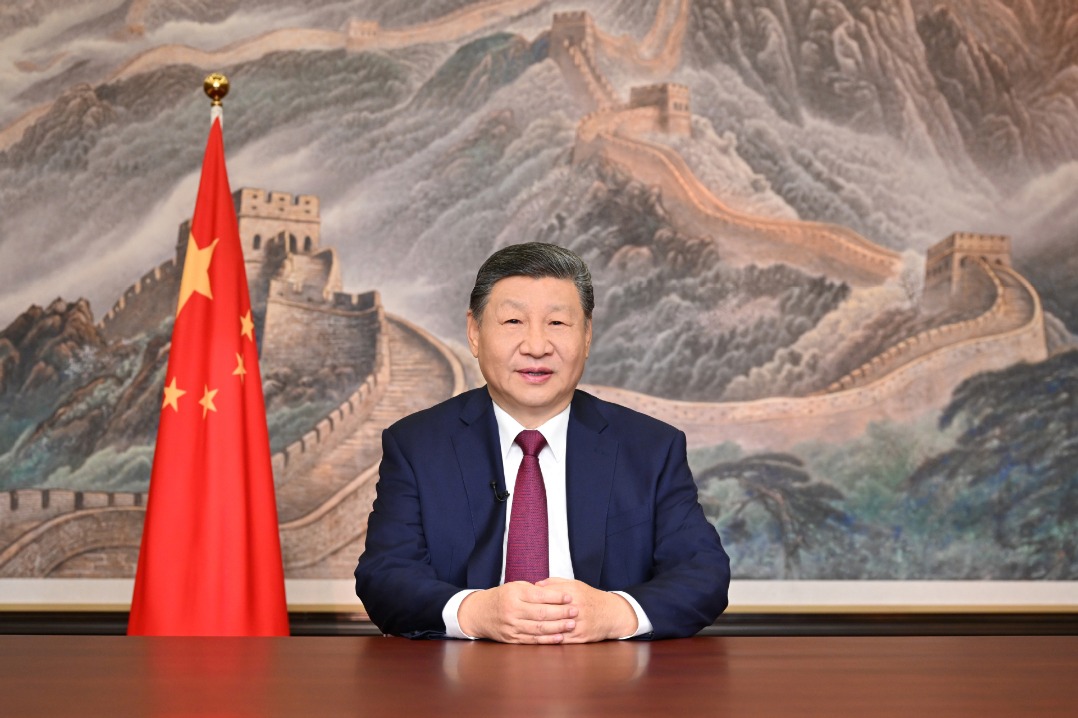Ruins of Zeus temple unearthed in Sinai

CAIRO-Egypt announced on Monday the discovery of the remains of a Greco-Roman temple in North Sinai.
In a statement, the Egyptian Ministry of Tourism and Antiquities said an Egyptian archaeological mission unearthed the remains of a temple for Zeus at the site of Tell el-Farama in North Sinai.
Tell el-Farama, also known by its ancient name Pelusium, dates back to the late Pharaonic period and was also used during Greco-Roman and Byzantine times. There are also remains dating to the Christian and early Islamic periods.
Mostafa Waziri, secretary-general of Egypt's Supreme Council of Antiquities, said archaeologists excavated the temple ruins through its entrance gate, where two huge fallen granite columns were visible. The gate was destroyed in a powerful earthquake in ancient times. The gate consisted of two pink granite columns, each about 8 meters long and 1 meter thick, in addition to a granite lintel that was installed at the top of the gate.
Waziri said the ruins were found between Pelusium Fort and a memorial church at the site. Archaeologists found a set of granite blocks probably used to build a staircase for worshippers to reach the temple.
Long history
Excavations in the area date back to early 1900 when French Egyptologist Jean Cledat found ancient Greek inscriptions that showed the existence of the Zeus-Kasios temple, but he did not unearth it.
Zeus-Kasios is a conflation of Zeus, the god of the sky in ancient Greek mythology, and Mount Kasios in Syria, where Zeus once worshipped.
Hisham Hussein, director of the Sinai archaeological sites, said inscriptions found in the area show that Roman emperor Hadrian renovated the temple.
He said experts will study the unearthed blocks and do a photogrammetry survey to help determine the architectural design of the temple.
Ayman Ashmawy, head of the Egyptian antiquities sector at the Supreme Council of Antiquities, said the temple was built of mud bricks on a raised platform.
The Greco-Roman Period in Egypt (332 BC-395 AD) marks the end of Persian rule over Egypt.
The temple ruins are the latest in a series of ancient discoveries that Egypt has touted in the past couple of years in the hope of attracting more tourists.
Agencies - Xinhua

Today's Top News
- China Daily launches 'China Bound' — a smart-tourism service platform
- Manufacturing rebounds in December
- PLA wraps up military drills around Taiwan
- Ties with Russia expected to bear fruits
- Confidence, resolve mark China's New Year outlook
- Xi urges solid work for more progress






























